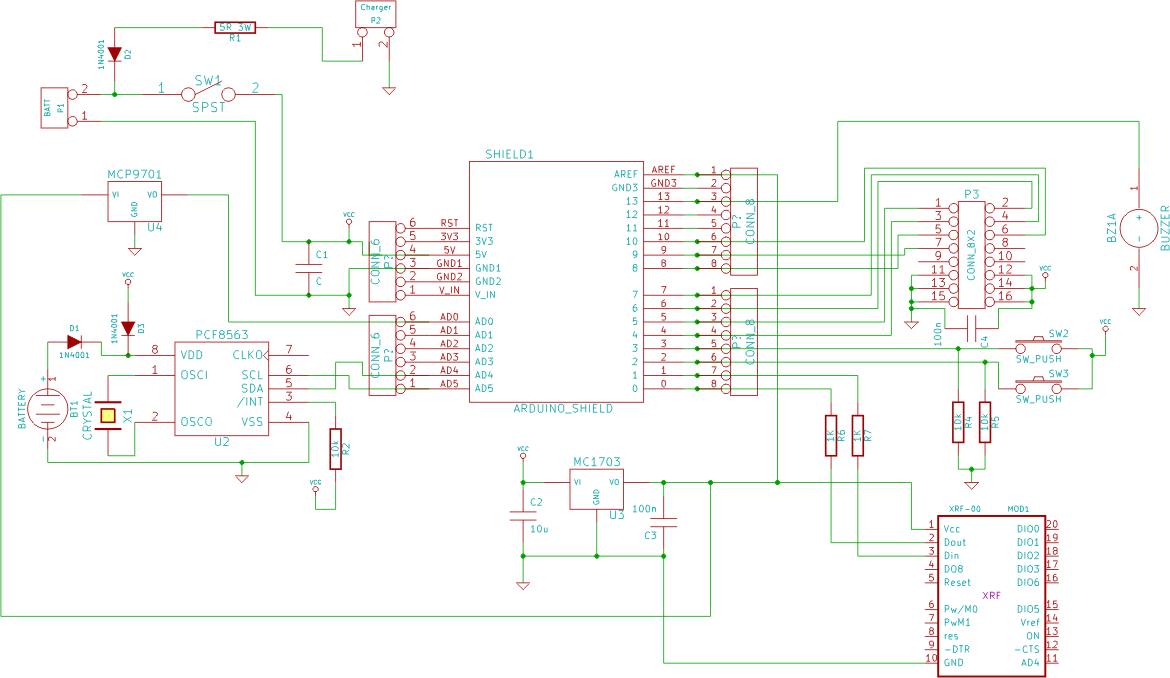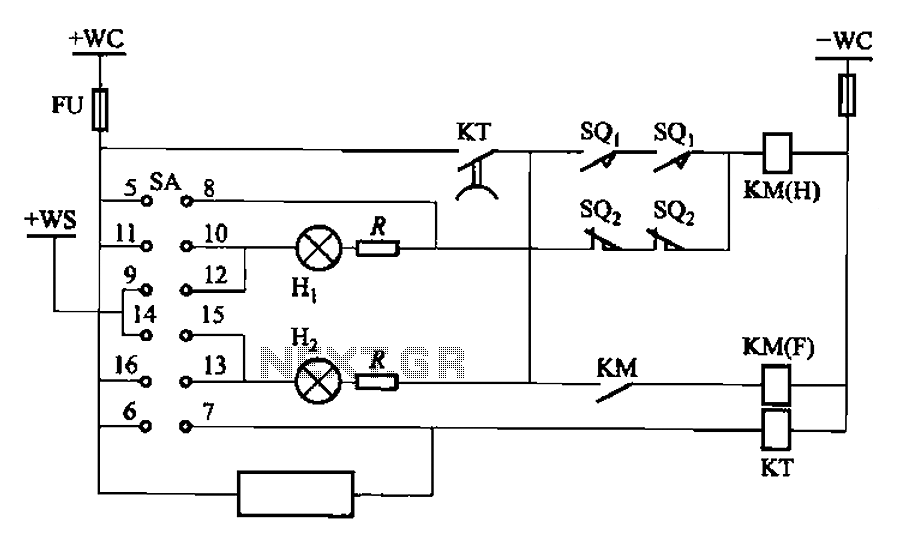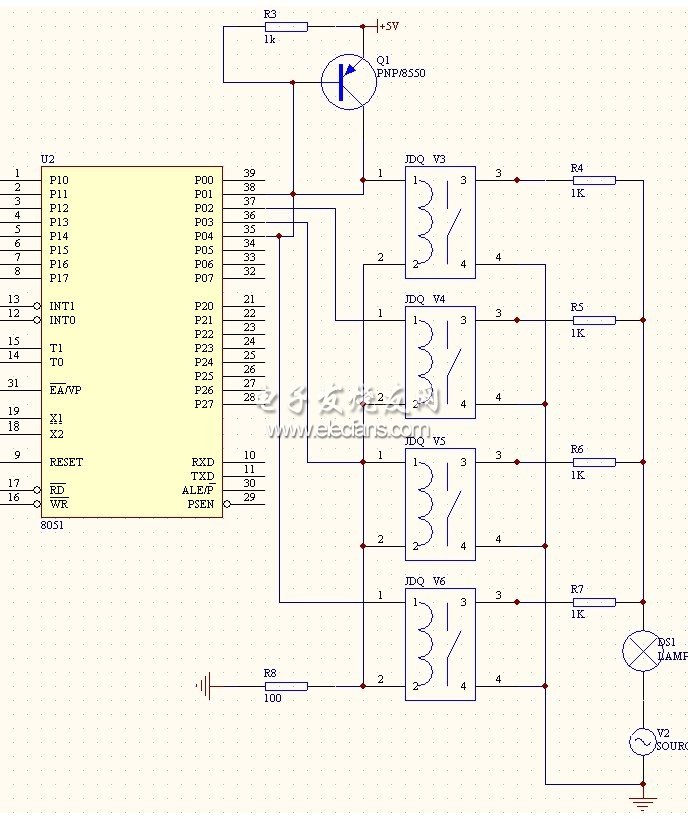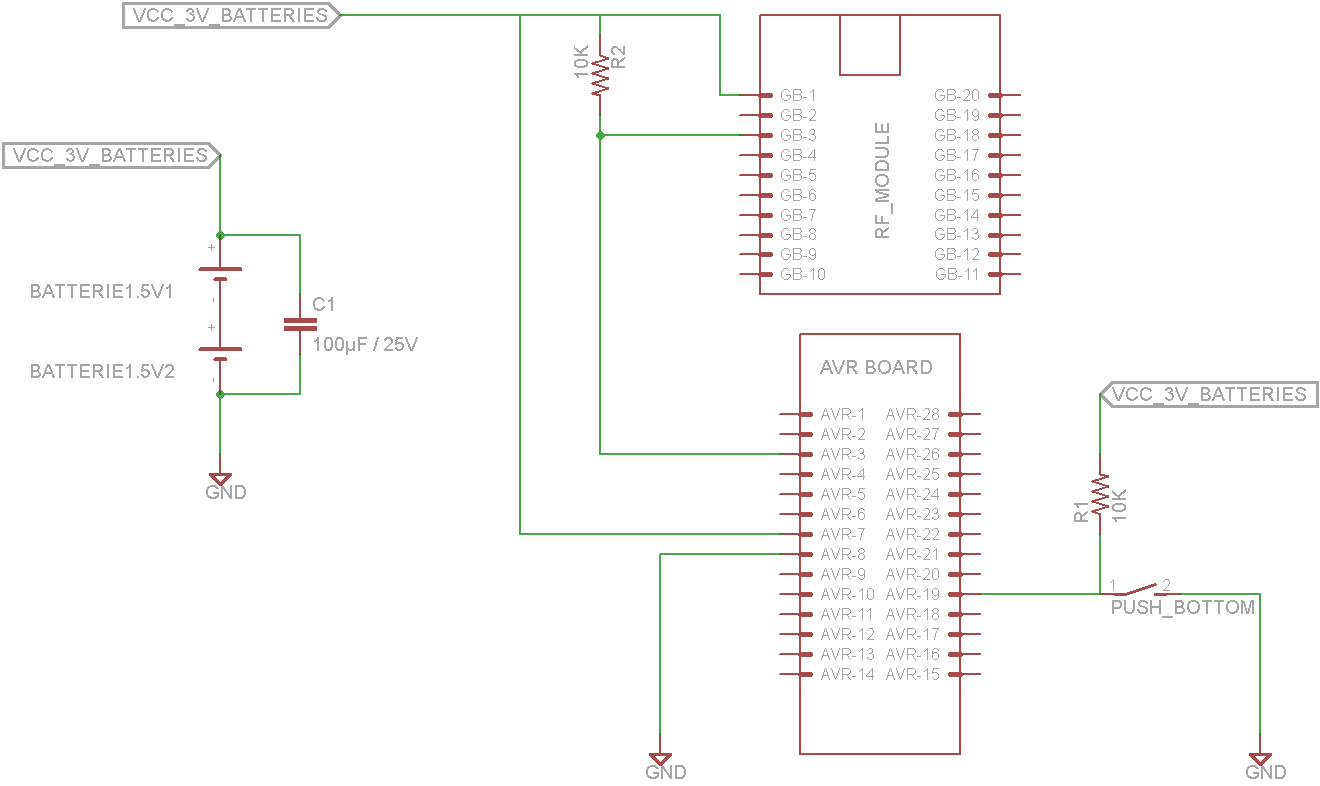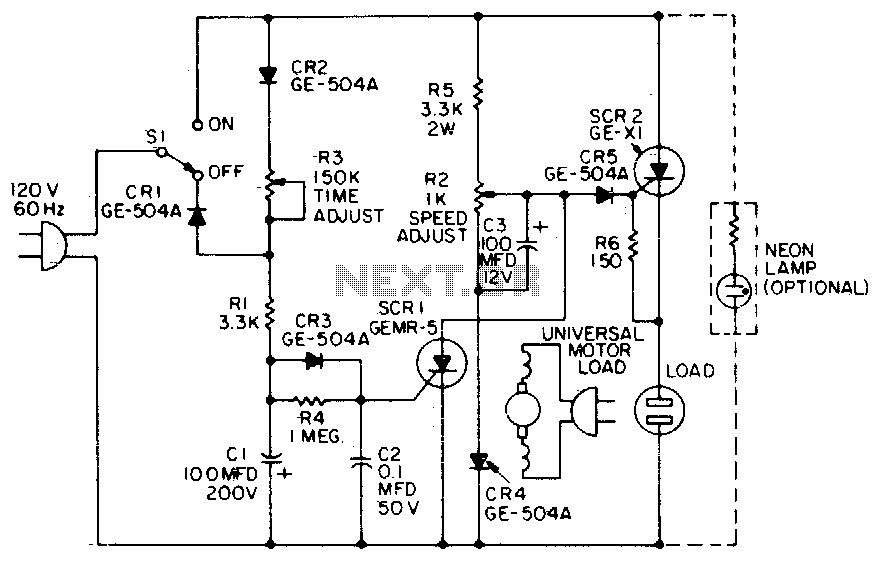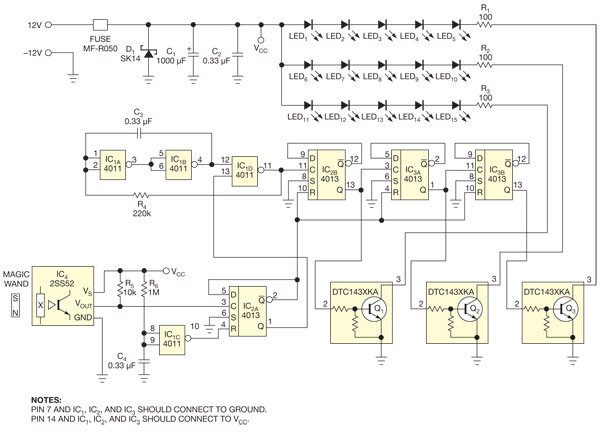
transistors Mystery circuit: latching relay control with transitor / capacitor why doesnt it work
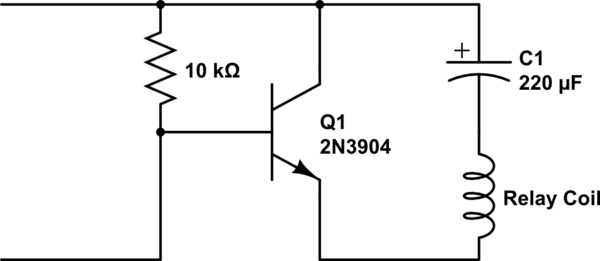
A single-coil latching relay is utilized, which can latch and reset with opposite polarities. Testing of the circuit with dual opposite-biased LEDs showed no flickering in either direction, indicating stable charge and discharge behavior. However, there are concerns regarding the circuit's functionality. When transistor Q1 is activated, it provides a discharge path for capacitor C1 through the relay coil. Conversely, when Q1 is deactivated, the lower end of the relay coil becomes floating, resulting in no current path for charging C1 due to its series connection with the relay coil.
The described circuit employs a single-coil latching relay that operates by utilizing opposite polarities to latch and reset its state. This configuration allows for the control of the relay without the need for a separate coil for each state, enhancing efficiency and reducing component count.
In this setup, the transistor Q1 serves as a switch that controls the charging and discharging of capacitor C1. When Q1 is turned on, it completes the circuit, allowing C1 to discharge through the relay coil, energizing the relay and causing it to latch in an "on" position. This action is critical for applications that require persistent states without continuous power consumption.
The testing phase involved the use of dual opposite-biased LEDs connected in parallel to the relay output. The absence of flickering in either direction suggests that the relay is functioning correctly and that the circuit maintains a stable state during operation. This is an important characteristic for circuits that require reliable visual indicators.
However, the circuit's design raises potential issues. When Q1 is turned off, the relay coil's lower terminal becomes floating, which can lead to unpredictable behavior. Since C1 is in series with the relay coil, it cannot charge effectively when the path is interrupted. This could result in the relay not returning to its initial state as expected, which may lead to malfunctions in applications relying on the relay's switching capabilities.
To mitigate this issue, it may be beneficial to implement a discharge path for C1 when Q1 is off, ensuring that the capacitor can reset properly. Additionally, incorporating a pull-down resistor or a secondary discharge mechanism could provide a more reliable operation of the relay, enhancing the overall circuit performance.Using a single-coil latching relay, which latches/resets with opposite polarities. I`ve tested the circuit with dual opposite-biased LEDs too, no light flicker in either direction to indicate a charge/discharge. QuadrupleA Apr 14 `13 at 23:14 Unless there`s something missing from the circuit and/or description, I don`t see how this circuit could work.
When Q1 is on, there is a path through which C1 can discharge through the relay coil. However, when Q1 is off, the lower end of the relay coil is floating. Since C1 is in series with the relay coil, there is no path for current to charge C1. Alfred Centauri Apr 15 `13 at 0:40 🔗 External reference
The described circuit employs a single-coil latching relay that operates by utilizing opposite polarities to latch and reset its state. This configuration allows for the control of the relay without the need for a separate coil for each state, enhancing efficiency and reducing component count.
In this setup, the transistor Q1 serves as a switch that controls the charging and discharging of capacitor C1. When Q1 is turned on, it completes the circuit, allowing C1 to discharge through the relay coil, energizing the relay and causing it to latch in an "on" position. This action is critical for applications that require persistent states without continuous power consumption.
The testing phase involved the use of dual opposite-biased LEDs connected in parallel to the relay output. The absence of flickering in either direction suggests that the relay is functioning correctly and that the circuit maintains a stable state during operation. This is an important characteristic for circuits that require reliable visual indicators.
However, the circuit's design raises potential issues. When Q1 is turned off, the relay coil's lower terminal becomes floating, which can lead to unpredictable behavior. Since C1 is in series with the relay coil, it cannot charge effectively when the path is interrupted. This could result in the relay not returning to its initial state as expected, which may lead to malfunctions in applications relying on the relay's switching capabilities.
To mitigate this issue, it may be beneficial to implement a discharge path for C1 when Q1 is off, ensuring that the capacitor can reset properly. Additionally, incorporating a pull-down resistor or a secondary discharge mechanism could provide a more reliable operation of the relay, enhancing the overall circuit performance.Using a single-coil latching relay, which latches/resets with opposite polarities. I`ve tested the circuit with dual opposite-biased LEDs too, no light flicker in either direction to indicate a charge/discharge. QuadrupleA Apr 14 `13 at 23:14 Unless there`s something missing from the circuit and/or description, I don`t see how this circuit could work.
When Q1 is on, there is a path through which C1 can discharge through the relay coil. However, when Q1 is off, the lower end of the relay coil is floating. Since C1 is in series with the relay coil, there is no path for current to charge C1. Alfred Centauri Apr 15 `13 at 0:40 🔗 External reference
